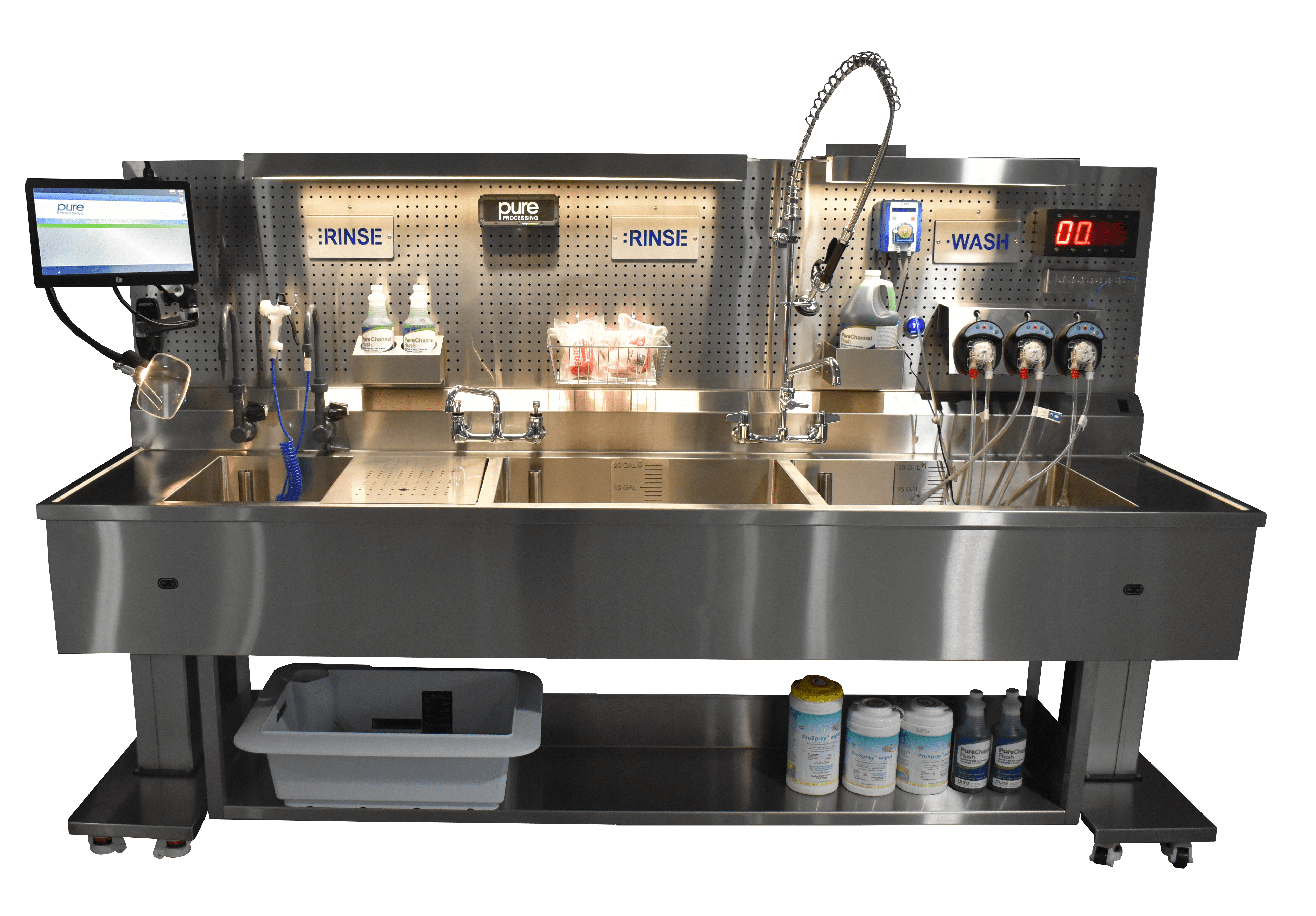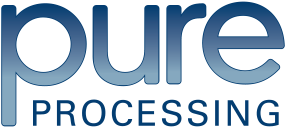
Scott Shuagis
In June 2025, our Voice of the Customer (VOC) council met to discuss an ongoing issue for many sterile processing departments: Vendor/Loaner challenges and accountability. Scott Shuagis, Interim Sterile Processing Manager at Cone Health dove deeper with Pure Processing following the VOC call to dig into how sterile processing departments can streamline and optimize vendor operations.
In many hospitals, vendor coordination within the sterile processing department (SPD) is a source of daily frustration. Whether it’s late-arriving trays, communication gaps, or inefficient reprocessing, misaligned vendor practices can cause delays and impact patient care. However, several SPD leaders are pioneering strategies that streamline vendor operations, enhance communication, and ensure instruments are ready when needed.
Here are some of the most impactful practices and technologies gaining traction:
Implementing a Pod Tray System
Pod tray systems are revolutionizing how trays are sterilized and transported. These modular containers allow entire sets including drills, retractors, and other instruments to be loaded together with a single filter.
Benefits of systems like these include:
- Faster drying and sterilization: The pod design wicks away moisture more efficiently than traditional wraps, helping eliminate wet packs.
- Fewer holes and rewraps: Unlike individually wrapped trays, pods reduce the risk of holes during handling.
- Streamlined OR setup: The OR receives one sealed pod rather than several separate packages, improving workflow and reducing prep time.
Pods are reusable, configurable, and support high-volume case turnover with fewer processing setbacks. While the filter is a consumable cost, many departments see strong ROI through time savings, reduced rework, and improved OR satisfaction.
Staff education/training:
- Staff thoroughly inspecting each tray for defects. If a single tray has a defect the entire Pod is contaminated.
Using Tagging and Color-Coding Systems
Tagging trays with scannable labels and implementing color-coded systems (e.g., pink for Monday, green for Tuesday) helps SPDs and vendors visually track trays at a glance. This simplifies:
- Forecasting and prioritization: Teams can quickly identify which trays need to be processed first. Next day forecasting: OR team and SP leadership engages surgical schedule next day vendors.
- Day-to-day organization: Color tags enable proactive planning when anticipating high vendor volume on specific days.
Adding a second tag that is scanned post-op also initiates a timer, alerting vendors when it’s time to retrieve or reset trays, ensuring nothing gets forgotten. These systems also provide time-stamped documentation that supports better accountability across the board.
Leveraging Data to Drive Accountability
Modern vendor management systems integrated with SPD tracking tools allow teams to collect granular data on:
- Tray defects (e.g., rust, broken instruments, contamination)
- Vendor timeliness
- Case readiness
This data can be used to identify consistent issues, hold vendors accountable, and support meaningful conversations with surgeons when performance doesn’t meet standards. When data shows clear patterns, it becomes easier to engage OR leaders in driving change or pressuring vendors to meet expectations.
Establishing Policies Around Vendor Timeliness
While late tray fees are often ineffective (and potentially passed back to the hospital), establishing clear vendor policies is still essential. Strong policies should:
- Define clear timelines for delivery (e.g., trays must arrive 24 hours before surgery)
- Outline consequences for late delivery based on data
- Be reviewed with surgical teams regularly to ensure alignment and support
Rather than punitive measures, a data-driven policy encourages collaboration. Sharing monthly vendor timeliness reports with surgeons can shift attitudes and open the door to improvements without creating friction.
- Next Policy update: All vendors will perform an annual Prevented Maintenance (PM) program, Physicians on board due to continues brown staining thus holding vendors countable for their trays. This annual program will be set in vendor management system.
Creating Dedicated Vendor Check-In Spaces
Designating a breakout room equipped with:
- A label printer
- Scale
- Camera
- Workstation with vendor software access
…gives vendors the tools they need to register and tag trays correctly the first time. Centralizing this process reduces errors, improves tray tracking, and accelerates downstream workflows. These check-in zones can also serve as controlled spaces where SPD staff confirm tray contents, inspect packaging, and prepare the pods for sterilization, cutting down on congestion at decontamination.
Training Vendors on SPD Software and Processes
SPDs benefit greatly when vendor reps are properly trained on the department’s tracking systems and procedures. Key elements of vendor onboarding should include:
- Hands-on use of tagging systems
- Understanding internal policies (e.g., pods cannot be taken upstairs by vendors, only SP staff member)
- Basic knowledge of software like SQ Track, SPM, or Censis Technologies.
Having dedicated SPD IT support can be a game changer. When vendors understand not just how to use the system, but how their data flows into operational decisions as well, compliance improves and rework declines. Ongoing refreshers can also help new reps acclimate quickly and maintain system integrity.
Strengthening Communication Between SPD and OR
Vendor-related inefficiencies often stem from a lack of alignment between SPD and the OR. Building strong relationships with OR teams and surgeons can:
- Improve scheduling accuracy
- Reduce last-minute tray requests
- Support accountability when cases are delayed due to missing or late trays
Regular, transparent communication, especially with engaged surgeons, can create a culture of partnership rather than blame. When SPD, OR, and vendors all operate from shared expectations and mutual respect, the result is fewer delays, better outcomes, and greater job satisfaction across teams.
Final Thoughts
Optimizing vendor operations isn’t about shifting blame, it’s about building processes that eliminate guesswork, reduce inefficiencies, and enhance patient care. With the right tools, policies, and collaboration, SPDs can transform vendor coordination from a daily pain point into a well-oiled machine.
By investing in systems like pods, color-coded tags, data dashboards, and vendor workstations, and by fostering accountability and communication, SPDs can better manage vendor complexity and stay focused on what matters most: safe, sterile instrumentation delivered on time.
Interested in more VOC content? Click here!
About: Voice of the Customer Committee
The Voice of the Customer Committee is a panel of healthcare and instrument reprocessing professionals who have graciously donated their time to share their expertise and guidance on current challenges faced by the instrument reprocessing community. Through sharing their insights, experiences, and best practices, we have been given the opportunity to share these findings with our readership. We’d like to thank our VOC members for their outstanding input and insights, as well as their time! Thank you for your continued partnership, and all you do.








